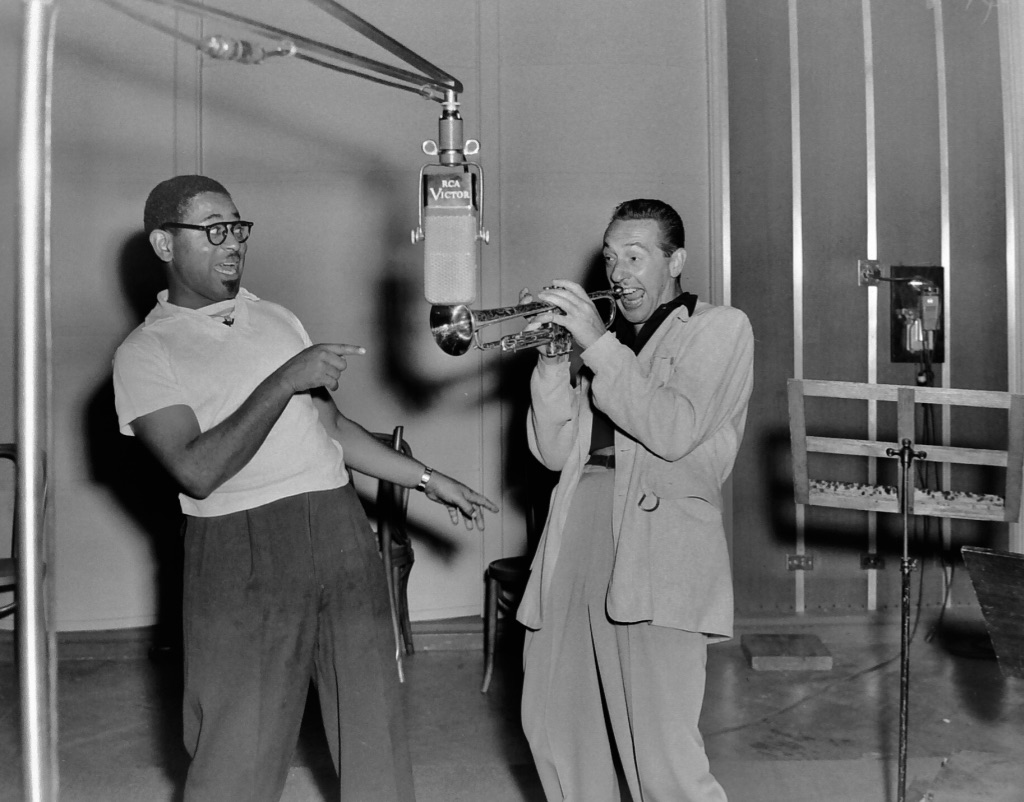Kaufman’s Brooklyn: Two photos of ‘People in pairs’

My father, Irving Kaufman (1910 – 1982), was a professional photographer who started in Brooklyn in the mid 1930s working for the Brooklyn Daily Eagle. He captured thousands of images of Brooklyn through the 1950s. I have recently digitized a great many of them. My father’s profile can be found here.
This week’s theme:
A few weeks ago I displayed a selection of pictures called “People, one at a time.” It featured shots of individuals in various settings and circumstances. (Click the link at the end of this or any other Kaufman’s Brooklyn post for the index if you want to go back and take a look through previously posted images.) I knew I’d follow that at some point with pictures of two people together, and this is that point: “People in pairs.”

Brooklyn Boro
View MoreNew York City’s most populous borough, Brooklyn, is home to nearly 2.6 million residents. If Brooklyn were an independent city it would be the fourth largest city in the United States. While Brooklyn has become the epitome of ‘cool and hip’ in recent years, for those that were born here, raised families here and improved communities over the years, Brooklyn has never been ‘uncool’.